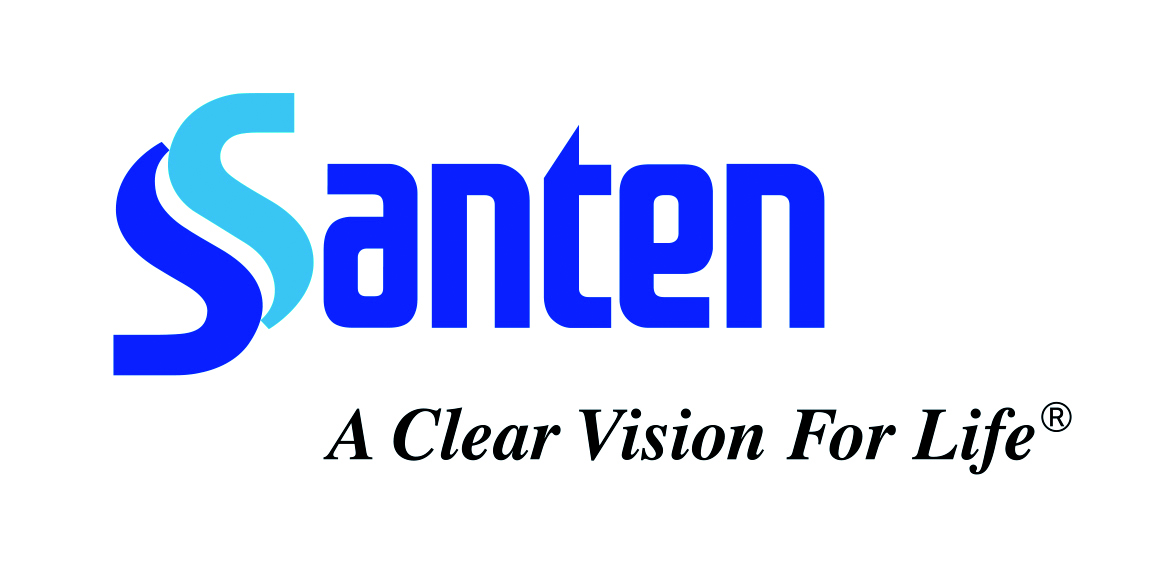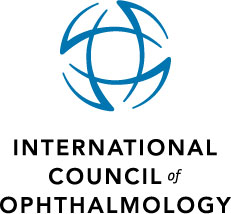Patient: 72 years of age, male; BCVA OS 0.1, nuclear cataract.
Ocular medical history: deterioration of vision over two years, regular cataract surgery with small incision at February 4th 2013, no increase of BCVA in February 27th 2013 due to cystoid macular edema. Begin of therapy with oral carboanhydrase inhibitors (250mg/d), and topical nonsteroidal antiinflammatory drugs for three weeks.
General medical history: rheumatoid arthritis, arterial hypertension.
Main complaint: lack of improvement of vision after cataract surgery.
Purpose: to show improvement of cystoid macular edema within four weeks under oral carboanhydrase inhibitors and topical nonsteroidal antiinflammatory drugs.
Method: Patient undergone spectralis-OCT before and after begin of therapy
Findings:
OCT from February 27th 2013: cystoid macular edema with epiretinal membrane.
OCT from March 25th 2013: no cystoid macular edema, epiretinal membrane.
Discussion: Suggested factors in CME after cataract surgery include hypotony, vitreous traction, and inflammation. There is the hypothesis, disruption of the BAB is a dominating factor in CME. It was suggested (1) that inflammatory mediators such as prostaglandins, which are biosynthesized by the anterior uvea and lens epithelial cells, are triggered by surgical trauma, leading to disruption of the BAB. As a result, various inflammatory mediators accumulate in the aqueous humor. The mediators are dispersed throughout the vitreous and increase the permeability of retinal vessels. The blood–retinal barrier (BRB) becomes disrupted, inducing CME over time. Predispositions to BAB and BRB disruption include aging, arterial hypertension, diabetes, and other diseases.
Data (2) suggest that the inflammatory mediators increase in the aqueous for 1 to 2 weeks after cataract and IOL surgery.
It was shown (3), that topical nonsteroidal antiinflammatory drugs (NSAID) prevents the spike-like increase of flare, implying that NSAIDs are more effective than steroidal agents in preventing postoperative inflammation. Nepafenac was more effective than fluorometholone in preventing CME and BAB disruption and in providing early recovery of vision.
Literature:
K. Miyake.Prevention of cystoid macular edema after lens extraction by topical indomethacin II: a control study in bilateral extractions. Jpn J Ophthalmol, 22 (1978), pp. 80–94
O. Nishi, K. Nishi, M. Imanishi. Synthesis of interleukin-1 and prostaglandin E2 by lens epithelial cells of human cataracts. Br J Ophthalmol, 76 (1992), pp. 338–341
Miyake K, Ota I, Miyake G, Numaga J. Nepafenac 0.1% versus fluorometholone 0.1% for preventing cystoid macular edema after cataract surgery. J Cataract Refract Surg. 2011 Sep;37(9):1581-8.
-------------------------- --------------------------
-------------------------- --------------------------
-------------------------- --------------------------
-------------------------- --------------------------
-------------------------- --------------------------
-------------------------- --------------------------





